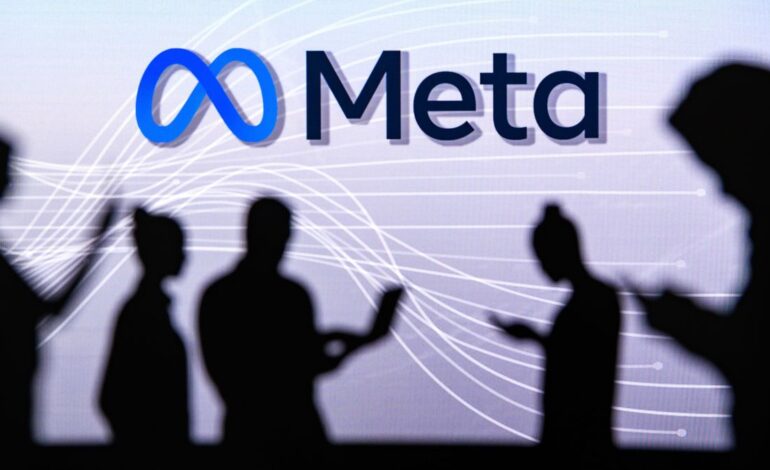
Understanding AI’s Impact: Risks to Children Explored
As artificial intelligence (AI) becomes increasingly prevalent in society, its effects on children raise important questions. This article examines the potential risks associated with AI exposure for children, focusing on privacy concerns, developmental challenges, and safety issues. Understanding these aspects is key to navigating the digital landscape safely for young users.
Privacy Concerns and Data Security
AI technologies often rely on collecting vast amounts of data, including personal information. For children, this data collection can lead to privacy invasion, potentially exposing sensitive information. Devices like smart toys and educational apps monitor user behavior, creating profiles that can be vulnerable to breaches and misuse. Children may not fully understand privacy settings, increasing the risk of data exploitation. Parents and guardians must be vigilant in managing privacy settings, teaching children about digital safety, and scrutinizing AI-powered applications to ensure they comply with child protection regulations.
Impact on Development and Learning
AI’s influence extends to the educational domain, where it offers personalized learning experiences. However, the reliance on technology raises concerns about the impact on cognitive and social development. Excessive screen time and AI interactions can hinder critical thinking, creativity, and interpersonal skills. Children might become isolated, preferring digital interactions over face-to-face communication. Integrating AI in education requires balancing technology use with traditional learning methods, encouraging healthy development through diverse experiences that promote problem-solving and social skills.
Safety and Ethical Considerations
AI systems in toys and applications can pose safety risks if not properly managed. Issues such as inappropriate content exposure, cyberbullying, and online predators highlight the need for robust safety measures. Developers must prioritize ethical considerations, ensuring AI tools are designed with child-friendly features and safeguards against misuse. Parents should remain informed about the latest safety protocols, utilizing parental controls and educating children on recognizing potential online threats. Collaboration between industry stakeholders and regulators can establish guiding principles to protect children effectively.
Conclusion
Navigating the influence of AI on children requires vigilance and a proactive approach. By understanding privacy, developmental, and safety challenges, parents and educators can mitigate risks and harness AI’s benefits. Emphasizing digital literacy and promoting ethical AI usage will contribute to a safer environment for young users in the digital age.





